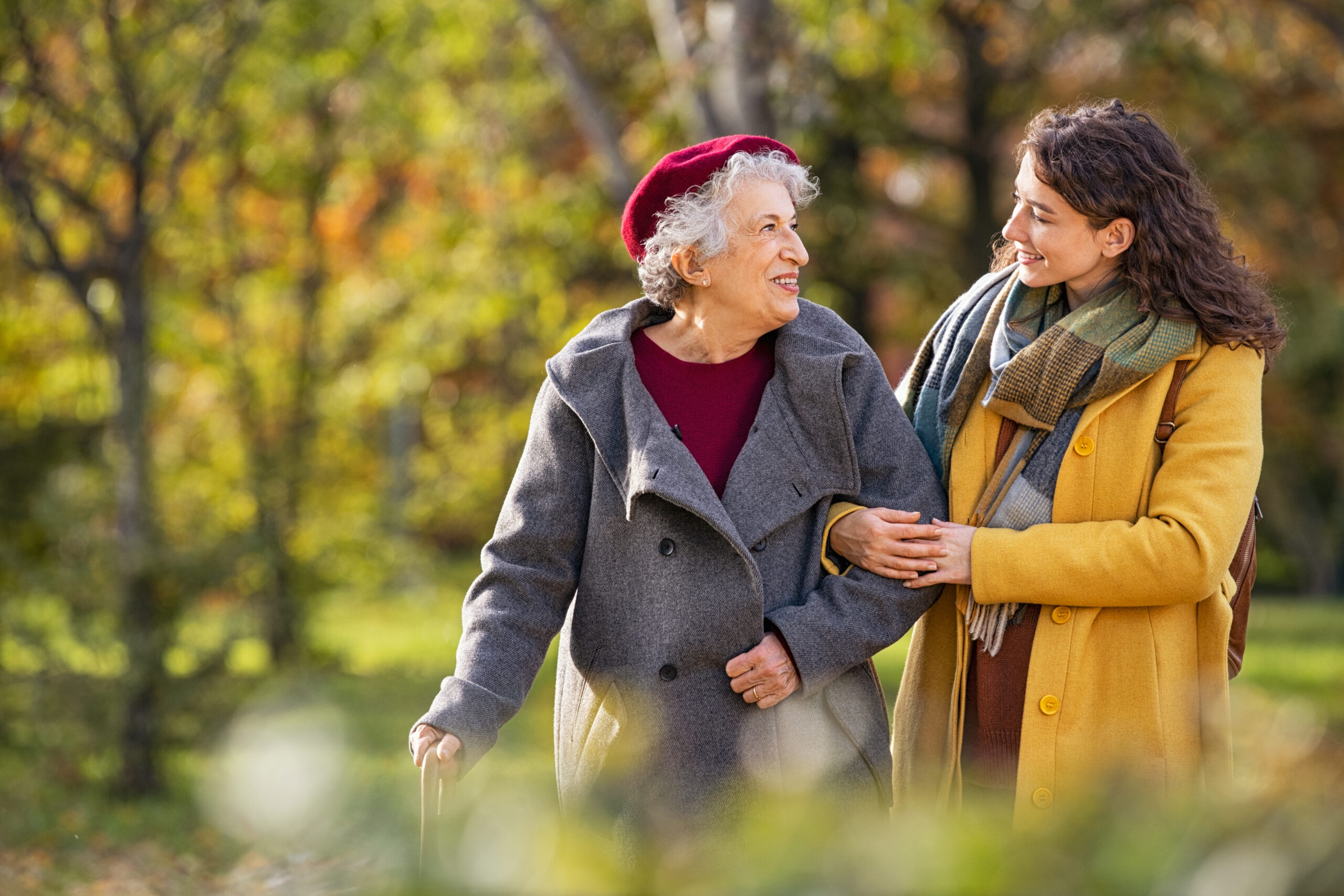
Cultivating Connections: Comprehensive Strategies to Combat Elderly Loneliness
By: VCAN Training Dept. | 12 July 2024
Protecting elderly people from feeling lonely requires a multifaceted approach that addresses their emotional, social, and physical needs. Here are some detailed strategies to help alleviate loneliness among the elderly:
1. Social Interaction and Community Engagement
a. Family Involvement
- Regular Visits and Communication: Encourage family members to visit regularly and maintain frequent contact through phone calls, video chats, or social media.
- Family Activities: Plan regular family gatherings and activities that include the elderly, such as dinners, game nights, or outings.
b. Community Programs
- Senior Centers and Clubs: Enroll elderly individuals in local senior centers or clubs where they can participate in social activities, classes, and events.
- Volunteer Opportunities: Encourage participation in community service or volunteer programs, which can provide a sense of purpose and social interaction.
c. Religious and Cultural Organizations
- Religious Services: Attending services and participating in religious groups can provide a sense of community and belonging.
- Cultural Activities: Engage in cultural organizations and events that resonate with the elderly person’s background and interests.
2. Mental and Emotional Support
a. Counseling and Support Groups
- Therapy and Counseling: Professional counseling can help elderly individuals cope with feelings of loneliness and depression.
- Support Groups: Joining support groups for the elderly can provide a platform to share experiences and form connections.
b. Emotional Companionship
- Companion Care Services: Hiring companion care aides who provide social interaction and assistance with daily activities.
- Pet Therapy: Having pets can provide companionship and reduce feelings of loneliness. Programs like pet therapy bring animals to visit elderly individuals.
3. Technology and Digital Literacy
a. Digital Communication Tools
- Training on Digital Devices: Educate elderly individuals on how to use smartphones, tablets, and computers to stay connected with family and friends.
- Social Media and Online Communities: Encourage joining online communities or social media platforms to stay connected and make new friends.
b. Virtual Activities
- Online Classes and Workshops: Enroll in online classes, workshops, or hobby groups to continue learning and interacting with others.
- Virtual Reality (VR) Experiences: VR can offer immersive experiences, like virtual travel or social interactions, that can help alleviate loneliness.
4. Physical Health and Mobility
a. Exercise and Physical Activity
- Group Exercise Classes: Participate in group exercise classes tailored for the elderly, such as yoga, tai chi, or water aerobics.
- Walking Groups: Join or form walking groups to promote physical activity and social interaction.
b. Mobility Aids and Transportation
- Mobility Aids: Ensure access to mobility aids like walkers or wheelchairs to facilitate movement and social participation.
- Transportation Services: Provide transportation services to help elderly individuals attend social events, medical appointments, and community activities.
5. Safe and Comfortable Living Environment
a. Home Modifications
- Accessibility Improvements: Modify homes to ensure they are safe and accessible, reducing the risk of falls and increasing independence.
- Creating Social Spaces: Designate areas in the home or community living spaces that encourage social interaction.
b. Assisted Living and Retirement Communities
- Community Living: Consider assisted living or retirement communities where there are structured social activities and opportunities for interaction with peers.
6. Government and Policy Support
a. Social Policies
- Loneliness Reduction Initiatives: Advocate for policies and programs that specifically aim to reduce loneliness among the elderly, such as funding for senior centers and community activities.
- Healthcare Integration: Integrate mental health and social support services into regular healthcare for the elderly.
b. Advocacy and Awareness
- Public Awareness Campaigns: Promote awareness about the issue of loneliness among the elderly and the importance of social connections.
- Volunteer Programs: Encourage volunteer programs where younger generations can spend time with and support elderly individuals.
Conclusion
Addressing loneliness among the elderly requires a holistic approach that combines social, emotional, technological, and physical support. By fostering strong community connections, providing mental and emotional support, leveraging technology, ensuring physical health and mobility, creating safe living environments, and advocating for supportive policies, we can help elderly individuals lead fulfilling and socially connected lives.




Leave a Reply